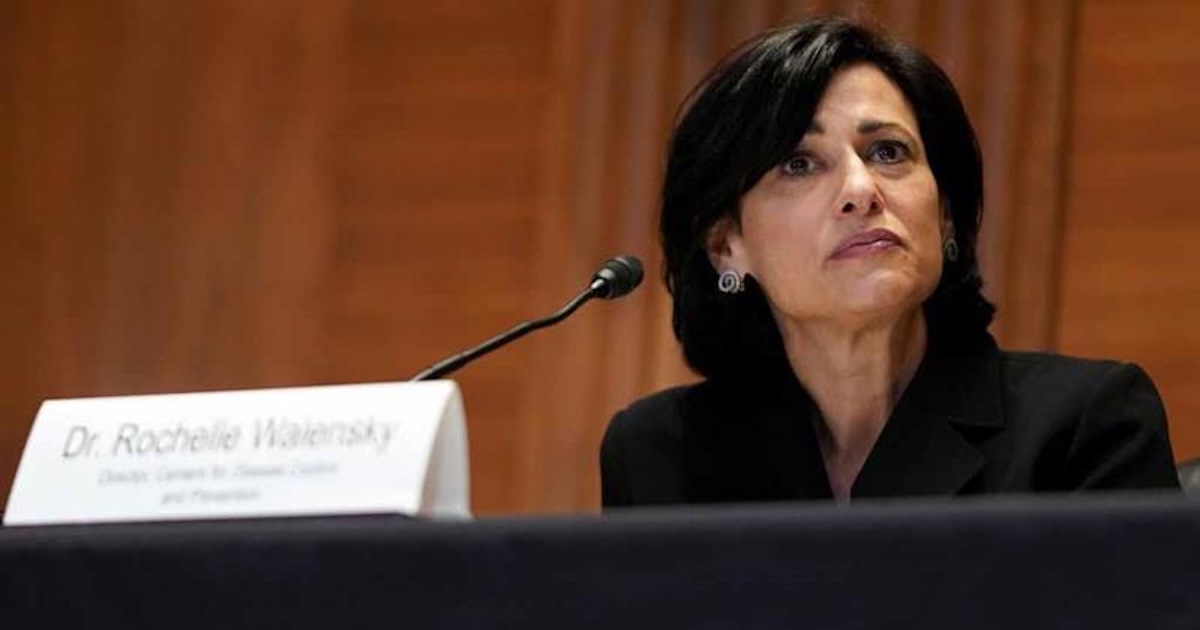If you're looking for the next big thing in healthcare technology, don't turn to the hospital or doctors. Take a look at what some of the top academic institutions around the world are working on.
Better yet, glance at what the casual man or woman on the street is wearing.
Designer eyewear? Google Glass has the inside track at the moment. Wristwatches? You'll be doing a lot more than checking the time on them. Tattoos? Pretty soon they'll be biometric sensors as well as social statements. Earphones? Headbands? Shirts? Shoes?
At meetups like the Wireless Health 2013 Academic and Industry Conference, organized by the Wireless-Life Sciences Alliance, mobile healthcare is truly embracing its mobility. In universities across the United States and many other parts of the world, academicians are testing wearable sensors that can do everything from identifying how the body reacts to stress to analyzing what you eat.
'This is where the real solutions are going to come from," said Rob McCray, the WLSA's president and CEO, who helped organize the weekend-long summit at Johns Hopkins University's Carey Business School in Baltimore.
Unlike the WLSA's Convergence Summit, held every May in the organization's hometown of San Diego and focusing on the clinical and commercial audiences, this conference pulled in researchers and entrepreneurs to look at the trends and trials in digital healthcare before they reach the public. It featured a few guest speakers and panel discussions positioned around more than a dozen technical sessions and demo and abstract presentations.
[See also: Next big thing in fashion - mHealth jewelry.]
And while most of the proposals are a long way – and probably several rounds of testing – from fruition, they shine a light on where healthcare is heading. Simply put, they've got an eye for fashion.
"The focus on wireless sensing has been on data quality, but user comfort hasn't gone up much," said Bert Gyselinckx, general manager of the Holst Center in the Netherlands and a global pioneer in wireless healthcare research, who sees the next advancements combining wireless transmitting with patient comfort and ease of use.
Gyselinckx, who swigged from a bottle of beer during his end-of-the-day keynote and delighted in showing a video of Steve Jobs introducing the first wireless Mac in 1999 – he passed it through a hula hoop while an audience gave him a rousing ovation – sees the healthcare field as one in which form and fashion can combine, and quickly.
"It's a challenging task," he said of that patient-centered approach. As an example, he pointed out that earlier versions of the Nike Fuel wristband didn't properly measure activity for people riding their bicycles because their wrists were stationary – so users looped them through their shoelaces instead.
Another unconventional idea? Gyselinckx displayed a poster for the "Power Pocket," reportedly being developed by Vodaphone and the UK's University of Southampton, in which a user could power up a mobile device by simply placing it in the back pocket of one's pants (whether those pants need to be as tight as the ones worn by the woman model in the poster, he couldn't tell).
Perhaps here in academia more than anywhere else, new ideas have to demonstrate value to move on. David Wentzloff, PhD, assistant professor of electrical engineering at the University of Michigan at Ann Arbor – who's working on ultra-low-power technology for wireless communication in wearable sensors – pointed out that these concepts need grant funding (which he called "a process of overcoming disbelief"), then gap funding ("a process of overcoming doubt") to get them to the commercial phase. Sometimes, he said, the concept is developed years before the market for it even exists.
Edward Sazonov, PhD, an associate professor at the University of Alabama in Tuscaloosa and head of the Computer Laboratory of Ambient and Wearable Systems, agreed. His lab is working on sensors that measure a user's eating and smoking habits and physical movement of people confined to a wheelchair, as well as one that, implanted in a shoe, would help people with balance and gait issues.
"It's very difficult to find a commercial partner nowadays," he pointed out. "In healthcare, you need validation."
That validation, the experts say, will come from ease of use, measurable outcomes and consumer acceptance.
"This is not a technology problem and it really is not a sensor problem," said Helena Mentis, PhD, an assistant professor in the Department of Information Systems at the University of Maryland, Baltimore County. "The questions are what is meaningful, what makes it meaningful and to whom?"
Michael Roizen, chief wellness officer at The Cleveland Clinic and chief medical consultant for CNN's "Doctor Oz" show, said health has to be made attractive and meaningful to consumers. "If all you do is give someone calories in their food, it doesn't do anything to change the way they eat," he said. "Most people find it easier to do their taxes than understand nutrition."
'We don't have any way other than wireless to change that."


